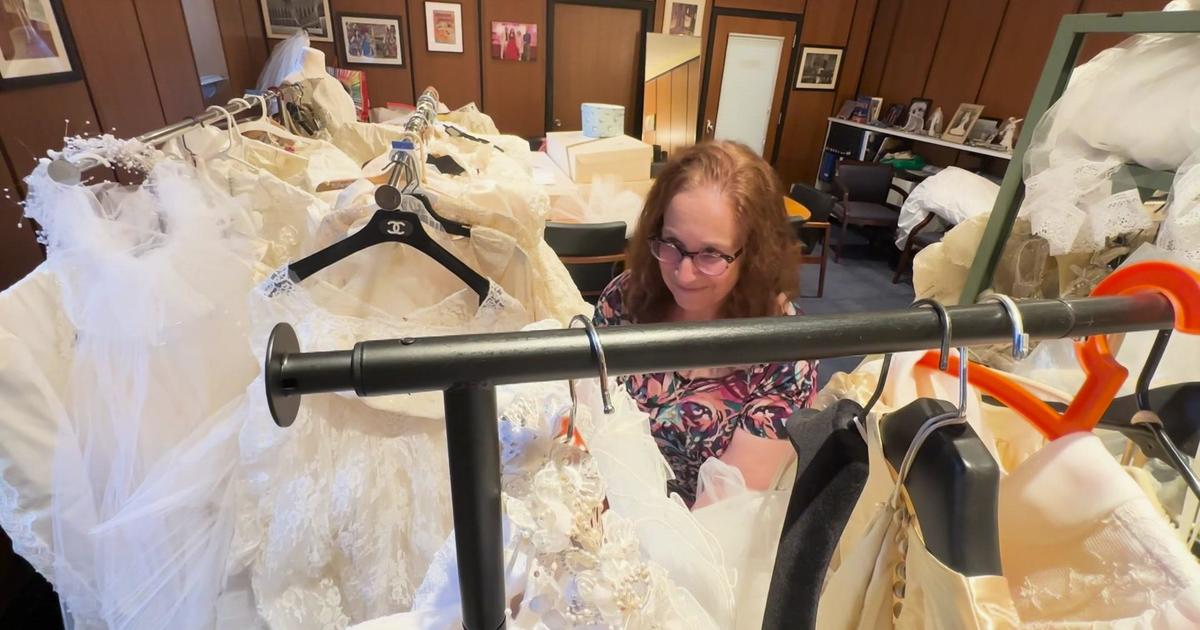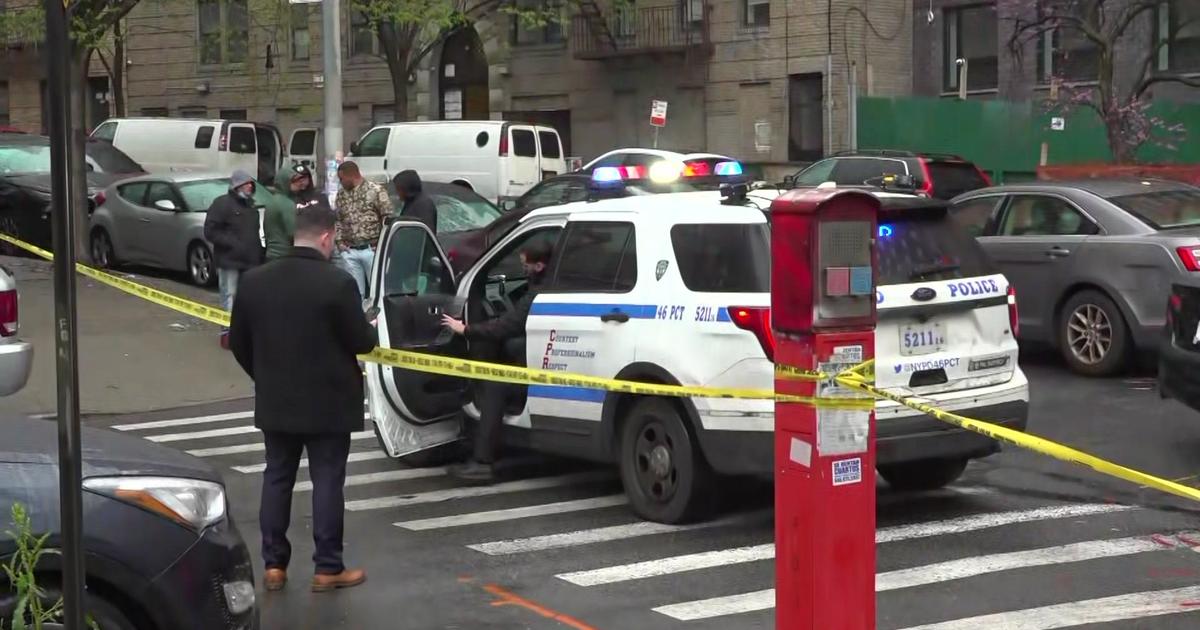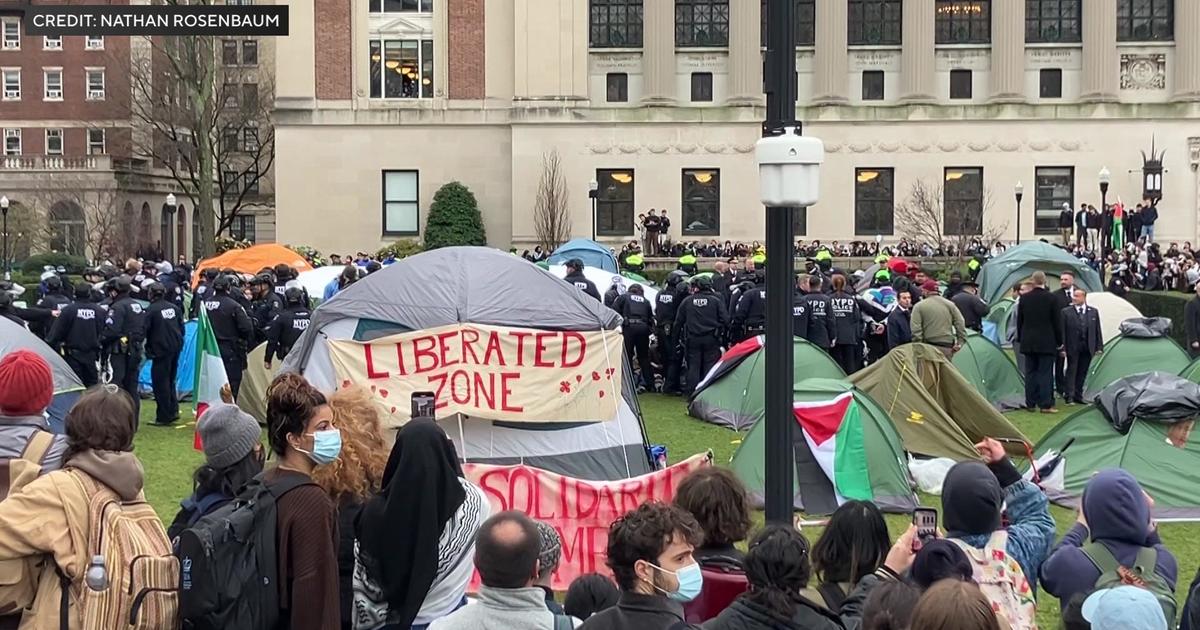Dow Jones Rockets To Highest Mark In 2 Years
WASHINGTON (AP) -- Global stock markets staged an explosive rally Thursday, embracing a move by the Federal Reserve to try to rejuvenate the U.S. economy by buying $600 billion in Treasury bonds.
The Dow Jones industrial average reached its highest point in more than two years, and stocks surged from Tokyo to London.
Elsewhere around the world, economic dominoes began to fall: The dollar sank. Oil prices surged. And Asian countries raised fears that their currencies would rise relative to the dollar, making their exports more expensive.
And some fretted about the prospect of financial instability in Asia and other regions. But stock investors, at least, celebrated the Fed's move.
Fed Chairman Ben Bernanke said the bond purchases would drive down interest rates on mortgages and other borrowing. That could get individuals and businesses to borrow and spend and aid a U.S. economy stuck with 9.6 percent unemployment.
Two developments, in particular, seemed to cheer investors: In announcing its $600 billion bond-buying program, the Fed left the door open to further action later. And in an opinion piece published Thursday, Bernanke envisioned higher stock prices as part of "a virtuous circle." He defined it this way:
Lower interest rates on loans will encourage companies to borrow and expand. Cheaper mortgages will let more people buy or refinance. Higher stock prices will boost the wealth and confidence of both individuals and businesses. Spending will rise, lifting incomes, profits and economic growth.
"A light bulb has gone on" in investors' heads, said Brian Bethune, chief U.S. financial economist at IHS Global Insight. "They're thinking: 'Maybe this will work."'
The response to the bond-purchase program, dubbed "QE2" because it's the second round of what's called "quantitative easing," was powerful. It cut across all corners of global financial markets:
-- Stocks jumped 2 percent in London, 1.9 percent in Paris, 1.6 percent in Hong Kong, 2.2 percent in Tokyo. The Dow Jones industrial average hit its highest level since August 2008, rising nearly 220 points to 11,434. Lower interest rates could spur economic growth and also make stocks more attractive compared with Treasury bonds with puny yields. In India, stocks hit a record.
-- The dollar sank to a nine-month low against the euro and fell against the Japanese yen and the British pound. The Fed's bond purchases flood financial markets with dollars, diluting the dollar's value against other currencies.
-- Oil prices jumped $1.73 to $86 a barrel. Foreign buyers were attracted to oil because it's priced in dollars. Demand for oil tends to rise when the dollar's value falls, because it becomes a bargain for buyers using other currencies.
-- Gold prices hit a record high on fears the Fed's move will unleash inflation. Investors often seek sanctuary in gold, a tangible asset, when they fear that rising prices will erode the value of money.
-- China and other countries warned that the Fed risks destabilizing the global economy by printing more dollars, the currency of international commerce. "So long as the world shows no restraint in issuing reserve currencies such as the dollar ... the outcome will be what knowledgeable Westerners dread: Yet another crisis is inevitable," Xia Bin, an adviser to the People's Bank of China, wrote in a commentary.
-- Developing countries in Asia complained the money generated by the Fed purchases will join a flood of cash already pouring into the region in search of better returns. That money is pushing up their currencies and hurting their exporters. They also fear that a flood of new dollars will fan inflation, cause price bubbles in stocks and other assets and destabilize their financial systems.
As the Fed's new program drives down yields on U.S. Treasury bonds, many investors will shift money to other countries or riskier investments, such as stocks, that offer better returns.
Rising asset prices can be rewarding, at least in the short run. But over time, they raise the danger that speculators will drive prices of stocks, real estate or other assets so high that a crash, like the U.S. housing bust, becomes inevitable.
That fear is growing in Asia and elsewhere.
"These countries say, 'We cannot even absorb our own savings,"' says Marc Chandler, global head of currency strategy at the investment firm Brown Brothers Harriman. "Now we've got to handle the world's savings?"
They also worry that the "hot money" flooding into their economies will vanish once global investors find another fad to sink their money into. That would burst any bubbles in stocks or other assets, just as in the 1997-98 Asian financial crisis.
In the United States, stocks have been rallying since late August, when Bernanke announced in a speech in Jackson Hole, Wyo., that the Fed was prepared to do more to spur economic growth if necessary.
Fed leaders think Wednesday's action will be the equivalent of a three-quarter-point reduction in the Fed's benchmark interest rate. In normal times, cutting that benchmark rate by three-quarters of a percentage point could give the economy a healthy jolt. But that option is unavailable now because the Fed has already pushed that rate near zero.
Even if the Fed succeeds in reducing long-term interest rates, that doesn't mean banks will automatically ramp up lending.
Mortgage rates have already touched a record low without reviving the housing market. Banks have tightened lending standards, so fewer people qualify for loans. Even consumers who do qualify are reluctant to take on more debt. And businesses are reluctant to borrow to hire and expand until they're confident the economy will pick up.
In making the $600 billion in bond purchases, the Fed essentially prints money. It doesn't increase the debt the Treasury Department sells. Rather, the purchases expand the pool of buyers for that debt by adding the Fed to the mix.
Mindful of the weak U.S. economy and high unemployment, some want the Fed to do more, not less.
Joseph Gagnon, senior fellow at the Peterson Institute for International Economics and a former Fed official, was unimpressed by Wednesday's announcement: "This is a small step in the right direction," he says. "But I view it as timid."
He would like to see the Fed buy twice the $75 billion in bonds that it plans to buy each month. He also suggests the Fed stop paying interest on money that banks have parked with the Fed. That might force them to step up lending.
The Fed made a big impact the first time it announced quantitative easing, in March 2009. Its purchase of $1.7 trillion in government bonds and mortgage securities calmed markets still jittery after the financial crisis of 2008. It sent the Dow soaring 16 percent over the next seven weeks. And the recession ended that June, economists say.
Among those who worry about the risk of inflation or speculative bubbles is Thomas Hoenig, president of the Federal Reserve Bank of Kansas City. Hoenig dissented from the Fed's latest move for those reasons.
Bernanke discounts such fears. In his opinion piece Thursday, he expressed confidence that the Fed has the tools to soak up the extra money when the time comes, without harming the economy.
"We have made all necessary preparations, and we are confident that we have the tools to unwind these policies at the appropriate time," Bernanke said in the article published in The Washington Post.
(Copyright 2010 by The Associated Press. All Rights Reserved.)



